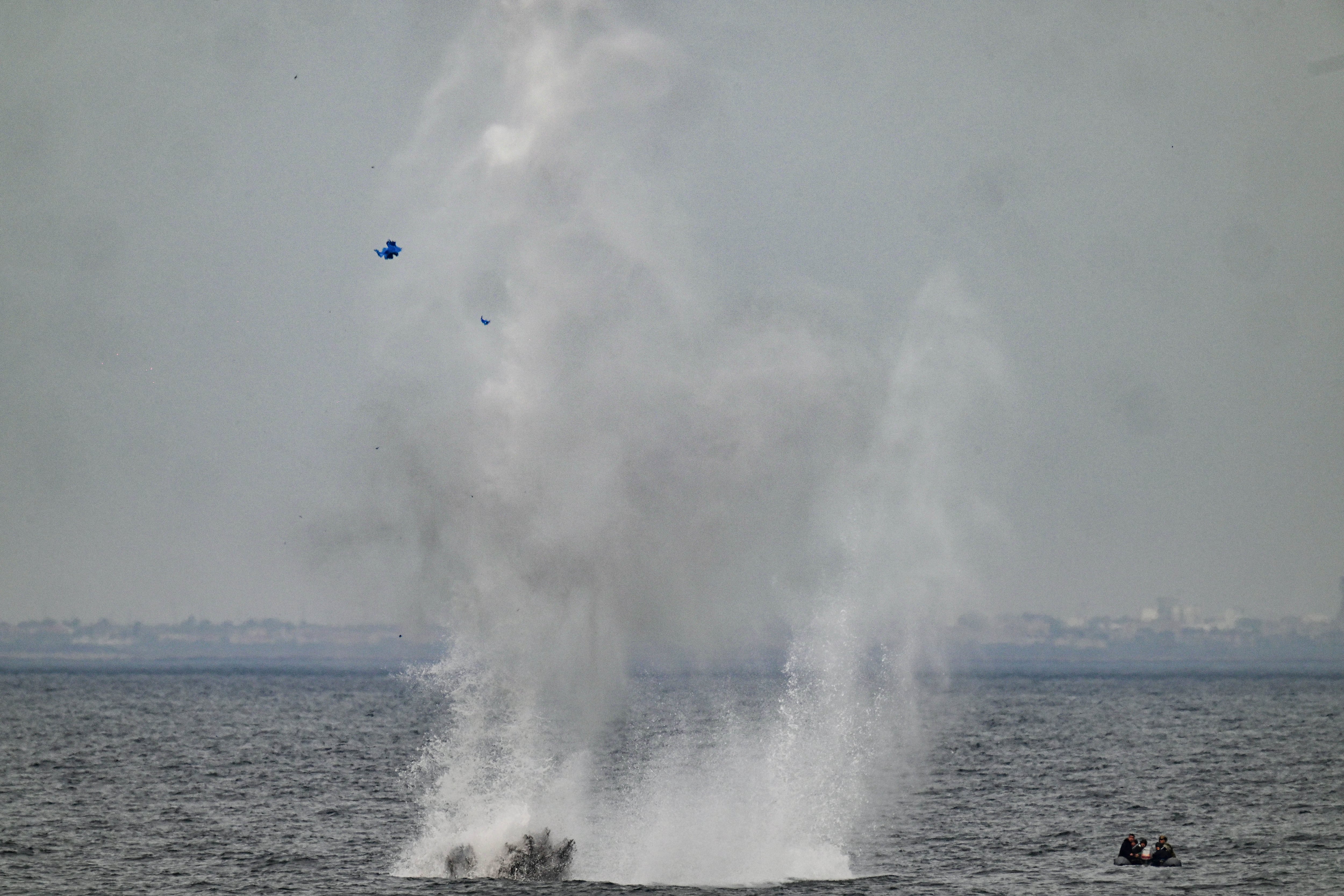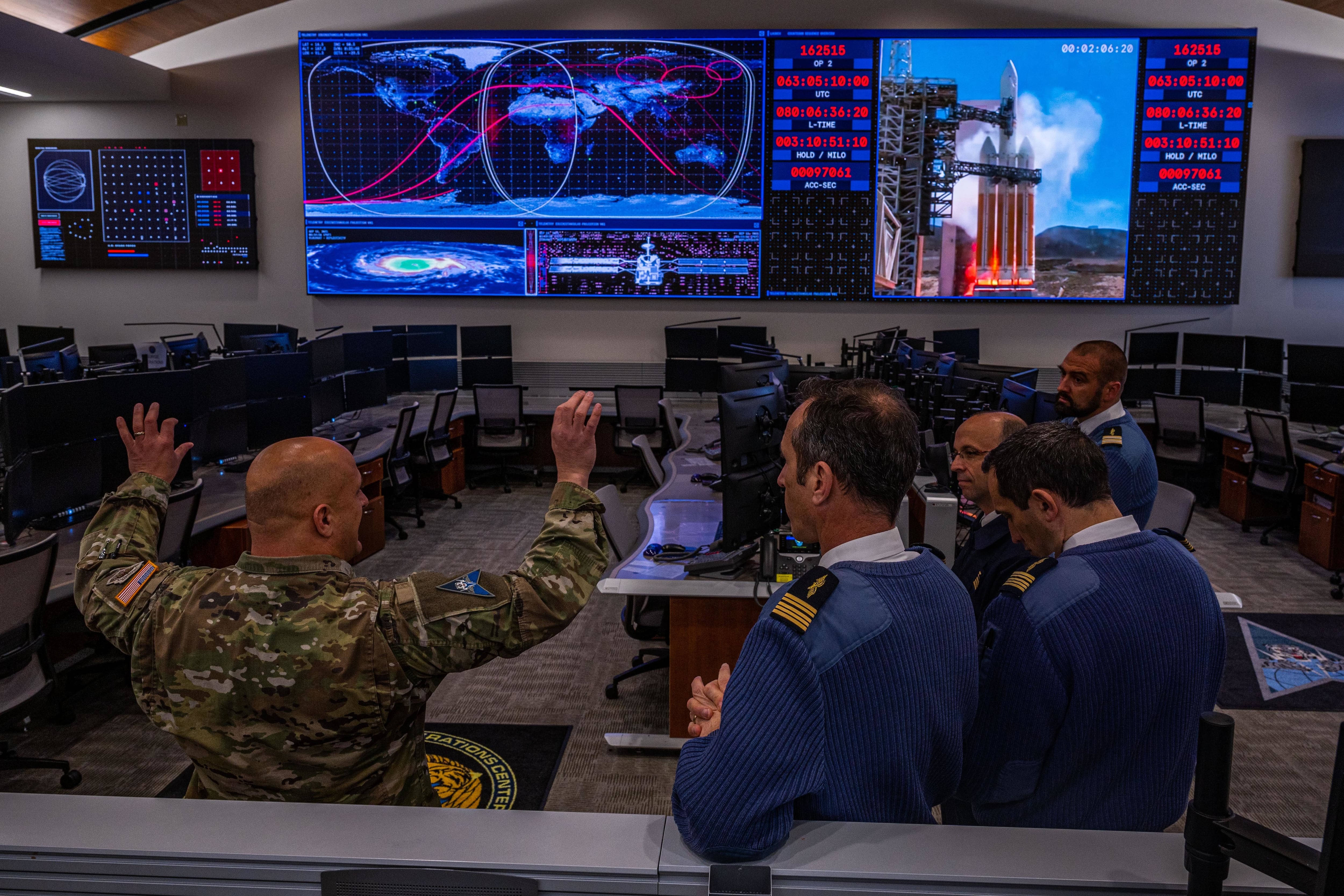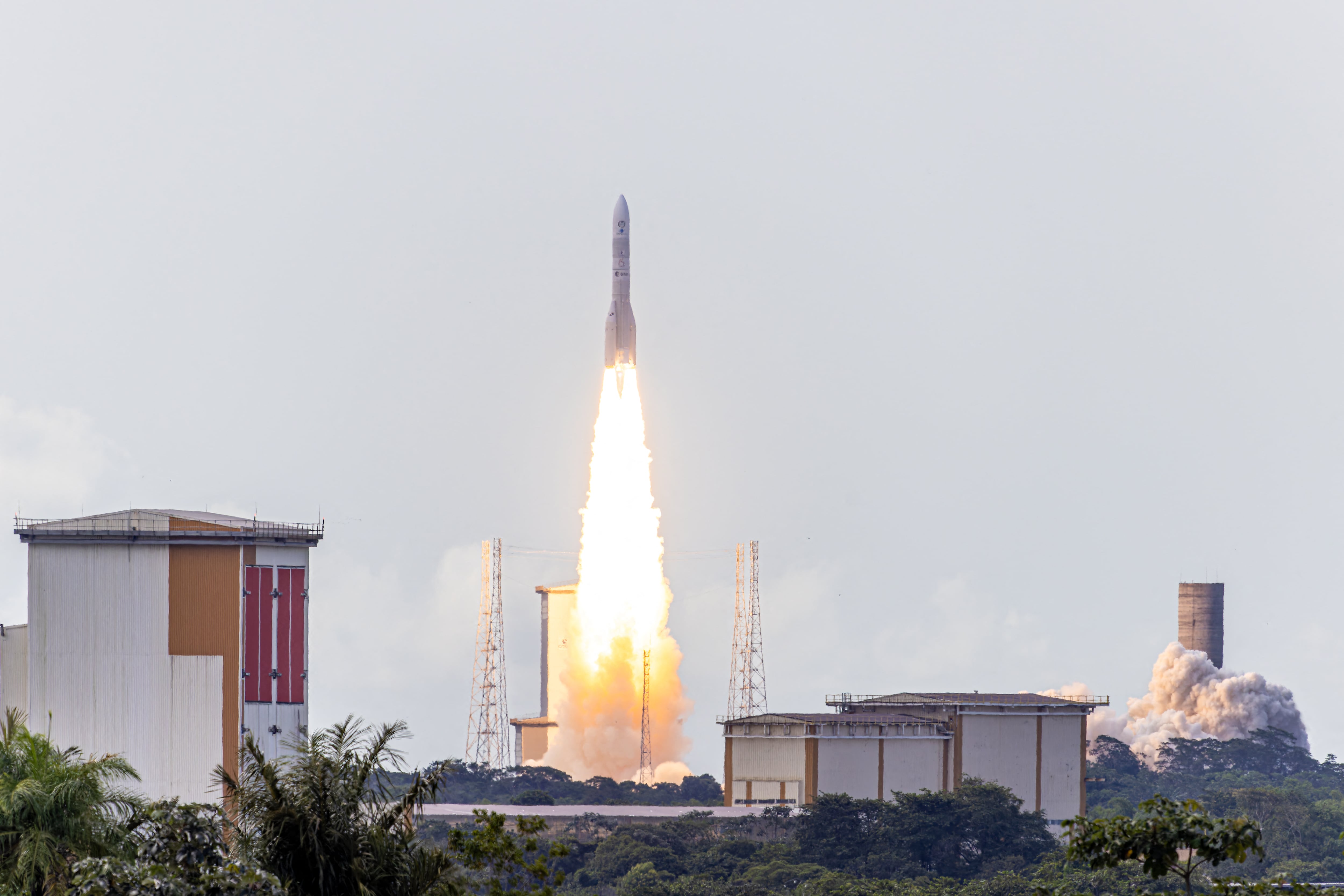Block by block, students in Russia are snapping together the robotics needed for future war. Earlier this month, Russia’s Ministry of Defense held a second annual contest for young roboticists. The competition, which attracted 300 students from 27 schools below the university level, is part of a broader effort to build a homegrown robotics expertise. To that end, the Ministry paired students with LEGO robotics kits and asked them to design vehicles that could handle a range of terrain, including slopes, trenches and minefields.
The Young Robotics competition was run by General Directorate for Research and Development and Technological Support of Advanced Technologies (Innovative Research), or GUNID, a military research entity with no direct analog to the United States. Its chief function is exploring new military technologies and applications.
“MOD is running many technical competitions among students of various levels — from middle school to university level. The key theme here is the preparation of ‘personnel reserve’ — the capacity to grow technical expertise over the course of an entire generation,” said Samuel Bendett, a research analyst at the Center for Naval Analyses. “Today’s LEGO robotic sets become tomorrow’s hi-tech factories that design, manufacture and test increasingly complex unmanned and robotic systems for warfare and national security.”
Robots built by the students, LEGO or otherwise, competed in a set of challenges familiar to military designers. There was the obstacle course, which included climbing ramps, navigating ravines and hedgehogs, and even firing lines. There was orientation in place, a robot shooting range and even another robot biathlon.
The competition is part of a broader pattern of actively building a robotics pipeline for the future Russian military. This has included everything from design competitions for underwater robots, special degree programs, and ground vehicle concepts promoted by local industry. Altogether, the effort is essential if Russia hopes to reach the levels of autonomy in vehicle design imagined for the battlefields of the 2030s and beyond.
“There is a historical parallel to all this — when future Tsar Peter the Great was growing up in the late 17th century, the young prince was given two ‘fun regiments’ to play with — two groups of kids that were named ‘Semyonovsky’ and ‘Preobrazhensky’ regiments,” Bendett said. “At a time of fast-paced military evolution of the 1670s-1690s, young Peter was running around his palace with these regimens practicing the latest military tactics, techniques and procedures of that time.”
Those regiments, having grown up with the future Tsar, later went on to serve as an elite force, pivotal in many battles against the modern armies of Russia’s rivals. Bendett sees these robotic competitions among kids serving the same purpose — growing a patriotic STEM force for the future Russian military.
Kelsey Atherton blogs about military technology for C4ISRNET, Fifth Domain, Defense News, and Military Times. He previously wrote for Popular Science, and also created, solicited, and edited content for a group blog on political science fiction and international security.








